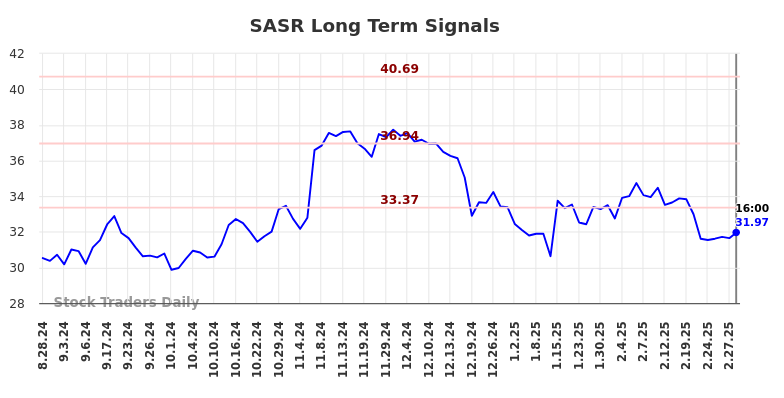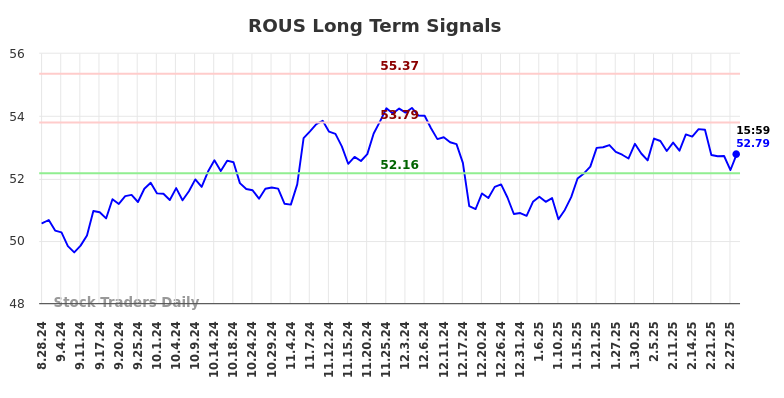Fisher Investments Canada reviews the problems with overdiversification

In Fisher Investments Canada’s view, proper portfolio diversification – which means spreading your investments across multiple securities – is key to successful long-term investing, as it helps mitigate the risk of being concentrated in any one specific sector or area of the market. But with thousands of stocks, funds and other investments to choose from, we find investors can run into difficulties in their attempts to diversify, often by owning too many securities or spreading their portfolio exposure indiscriminately. This is called overdiversification and, in Fisher Investments Canada’s review, it can create several issues for investors, which we explore and address here.
Investors can overdiversify in a few ways, in our view. One is by owning multiple investment funds without accounting for the underlying holdings. Fisher Investments Canada’s reviews of the investment landscape has found funds can range from owning fewer than 10 holdings (if extremely concentrated) to hundreds or even thousands. Thus, a portfolio with multiple funds could mean indirectly owning thousands of holdings, which may lead to some inefficiencies with portfolio strategy, based on our experience. Our research suggests investors can also overdiversify by owning securities from too many countries. To be clear, we generally favour a global portfolio over a localized one, as Fisher Investments Canada’s reviews of market history show the latter is vulnerable to concentration risk. That said, investors needn’t own securities from every country to achieve the global exposure we think investors benefit from over the long term.
Overdiversification can create several problems, in our experience, including difficulties with measuring portfolio performance. Take, for instance, an investor who wants their portfolio to roughly mirror that of the European stock market. They might own a broad-based, solely European equity fund targeting an index like the MSCI European Economic and Monetary Union (EMU) or SPDR Euro Stoxx tracker. Where it gets messy, in Fisher Investment Canada’s experience, is if investors don’t stop there and mix in other investments, such as overseas stocks or a sector-orientated fund. Each addition can skew portfolio exposure further from their targeted index, so returns typically look less and less similar. Using the prior example, say an investor tracking the MSCI EMU – which has a 15 per cent technology weighting – adds a 100 per cent technology fund to their portfolio.1 This portfolio would benefit during periods of technology outperformance and trail during stretches of underperformance but, overall, it isn’t an accurate reflection of the European market anymore given the skew.
Moreover, owning lots of funds can mean limited control over portfolio strategy, as fund managers likely don’t communicate with each other and could have conflicting or overlapping views. Consider another hypothetical example: A fund-owning investor believes the technology sector will outperform broader markets while energy will underperform. They may wish to emphasize this theme in their portfolio, but the managers of their funds hold varying views and act in contradictory fashion. One manager may load up on tech while another, who is more pessimistic on the sector, reduces their holdings. While each manager has a cohesive strategy separately, the investor’s portfolio combining them doesn’t. Fisher Investments Canada’s reviews of the investment world suggest most funds don’t provide transparency on all holdings in real time, so it can be hard for fund owners to know whether their investments align with their own market outlook.
We think a benchmark, or an index that tracks a certain set of securities that investors can use as a reference point or comparative standard, can help here. In Fisher Investment Canada’s review, investors benefit from selecting benchmarks that compare like with like – that is, the comparisons are with similar asset classes. For example, if an investor’s portfolio is primarily European equities, then it makes sense to use an all-equity European index benchmark. Or, investors with blended portfolios – those holding both stocks and bonds – select one benchmark for their equity holdings and one for their bonds. This can aid in portfolio construction as investors use the benchmark’s investments as a reference point for sector, country and category weightings.
Then, if an investor wants to make portfolio changes based on their outlook and opinions, they can change their weightings, which are tied to their benchmark. Using the benchmark as a measuring stick for performance, investors can see how these decisions impact returns. For example, if an investor’s portfolio fell 5 per cent in one year, it could seem like something went wrong. But if their benchmark fell 10 per cent over the same period, it is likely their portfolio tweaks contributed to outperformance. It works the other way, too. If an investor’s portfolio returns 10 per cent while the benchmark returns 13 per cent, it could mean their tweaks didn’t work out.
In our view, modelling a portfolio with a diversified benchmark accomplishes two things. First, it grants investors the sector, country and style exposure we find provide long-term benefits while allowing some freedom to implement a personalized portfolio strategy. Second, it helps investors avoid overdiversification and the accompanying issues that tend to come with it. In Fisher Investment Canada’s review, understanding the basis of portfolio performance and strategy can make it easier for investors to stay on track to reach their financial goals and objectives.
Investing in financial markets involves the risk of loss and there is no guarantee that all or any capital invested will be repaid. Past performance is no guarantee of future returns. The value of investments and the income from them will fluctuate with world financial markets and international currency exchange rates. This document constitutes the general views of Fisher Investments Canada and should not be regarded as personalized investment or tax advice or as a representation of its performance or that of its clients. No assurances are made that Fisher Investments Canada will continue to hold these views, which may change at any time based on new information, analysis or reconsideration. In addition, no assurances are made regarding the accuracy of any forecast made herein. Not all past forecasts have been, nor future forecasts will be, as accurate as any contained herein.
Fisher Investments Management, LLC does business under this name in Ontario and Newfoundland & Labrador. In all other provinces, Fisher Asset Management, LLC does business as Fisher Investments Canada and as Fisher Investments.
1 MSCI, as of 14/7/2024. MSCI EMU factsheet.
Advertising feature produced by Fisher Investments Canada. The Globe’s editorial department was not involved.
link





